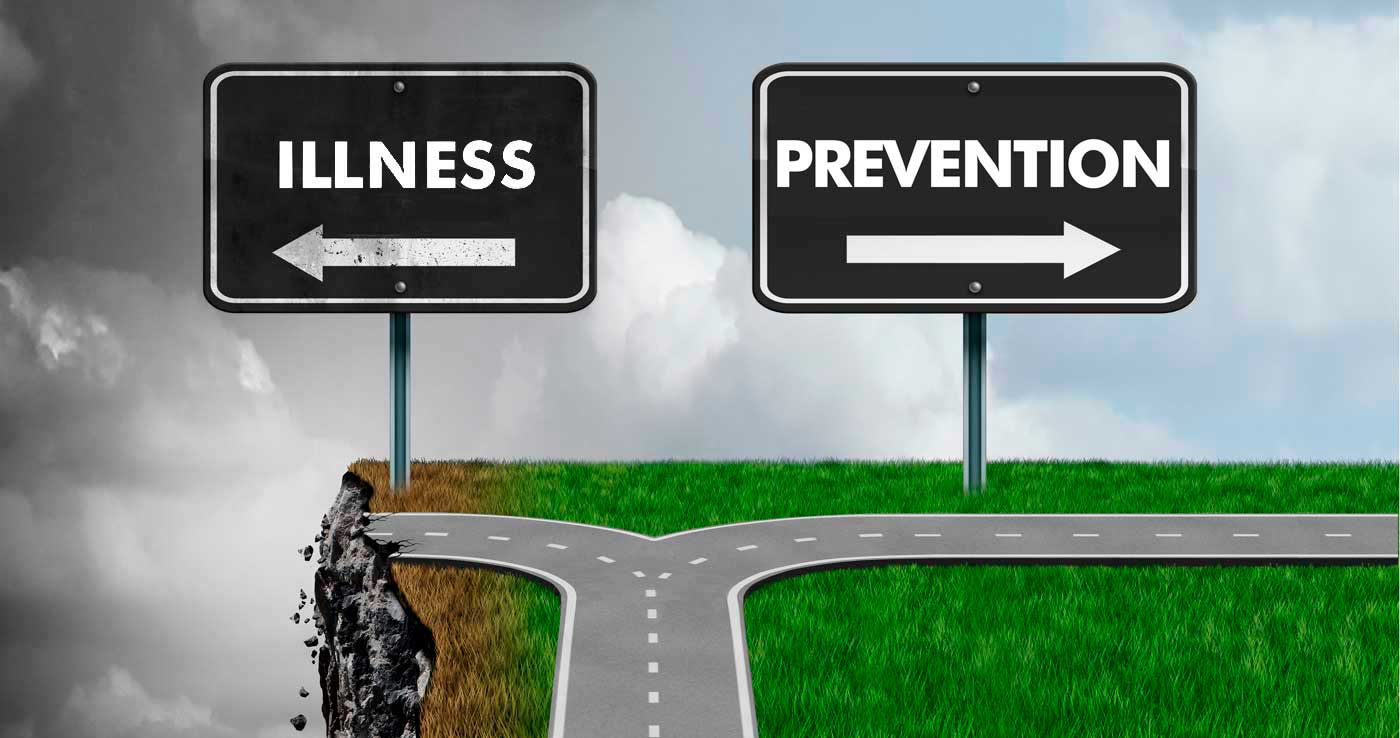Bone and Joint Health
A skeleton can make us think of illness and death. Often symbolizes danger or poison. But your bones are alive and well, and good bone health begins at the cellular level.
Your skeleton is full of cells, each with a special function. The cells in your bones create everything from new bones to the blood that is pumped through your heart. However, our main focus here will be on the structural components of your bone anatomy.
There are three types of cells: Osteoblasts, Osteocytes, Osteoclasts that help maintain the integrity of the bones. Their names provide us with important information about their role. It is important to understand how bone cells operate. Knowing how your bones work can explain how braces straighten teeth and how broken bones heal.
Bone cells regenerate at a fairly exceptional rate. It’s a myth that we only have one skeleton in our lifetime. In fact, our skeleton is completely replaced between every 2 and every 12 years, depending on age. It regenerates more quickly when you are young, and as we get older, the regenerating process slows. Without this process, bones weakened by previous fractures or put under constant stress would never be repaired. Instead, these regions grow and become stronger than ever.
This constant regeneration and replacement should give you hope. Every day is a new opportunity to help your skeleton. Therefore, it is never too late to develop prevention habits that protect your bone health.
Proper functioning of the organs depends on the proper functioning of their cells. Older cells tend to be less efficient with age. Also, in some organs cells die and are not replaced; therefore, the number of cells decreases. The number of cells in the testes, ovaries, liver, and kidneys decreases markedly with age. When the number of cells becomes too low, the organ does not function normally. Therefore, most organs become less efficient with age. However, not all organs lose the same number of cells. The brain is an example of that. Healthy older people don’t lose a lot of neurons.
Deterioration in the function of one organ due to disease or aging can affect the function of another organ. For example, if atherosclerosis narrows the blood vessels in the kidneys, they will decrease in function because of reduced blood flow.
Often the first signs of aging are noticed in the musculoskeletal system. Then the eyes followed by the ears begin to change in early adulthood. Most of our internal functions also decrease with age. Our bodily functions reach their highest value shortly before age 30, and from then on a gradual but steady decline begins. Despite this decline, most of the functions remain correct because most organs have a functional capacity considerably higher than that required by the body (functional reserve). For example, if half of the liver is destroyed the remaining tissue is more than enough to maintain normal function. Therefore, it is diseases rather than normal aging, that explain the loss of functional capacity in advanced ages.
Some organs are more prone to malfunction than others; These organs include the heart and blood vessels, the urinary organs (such as the kidneys), and the brain.
